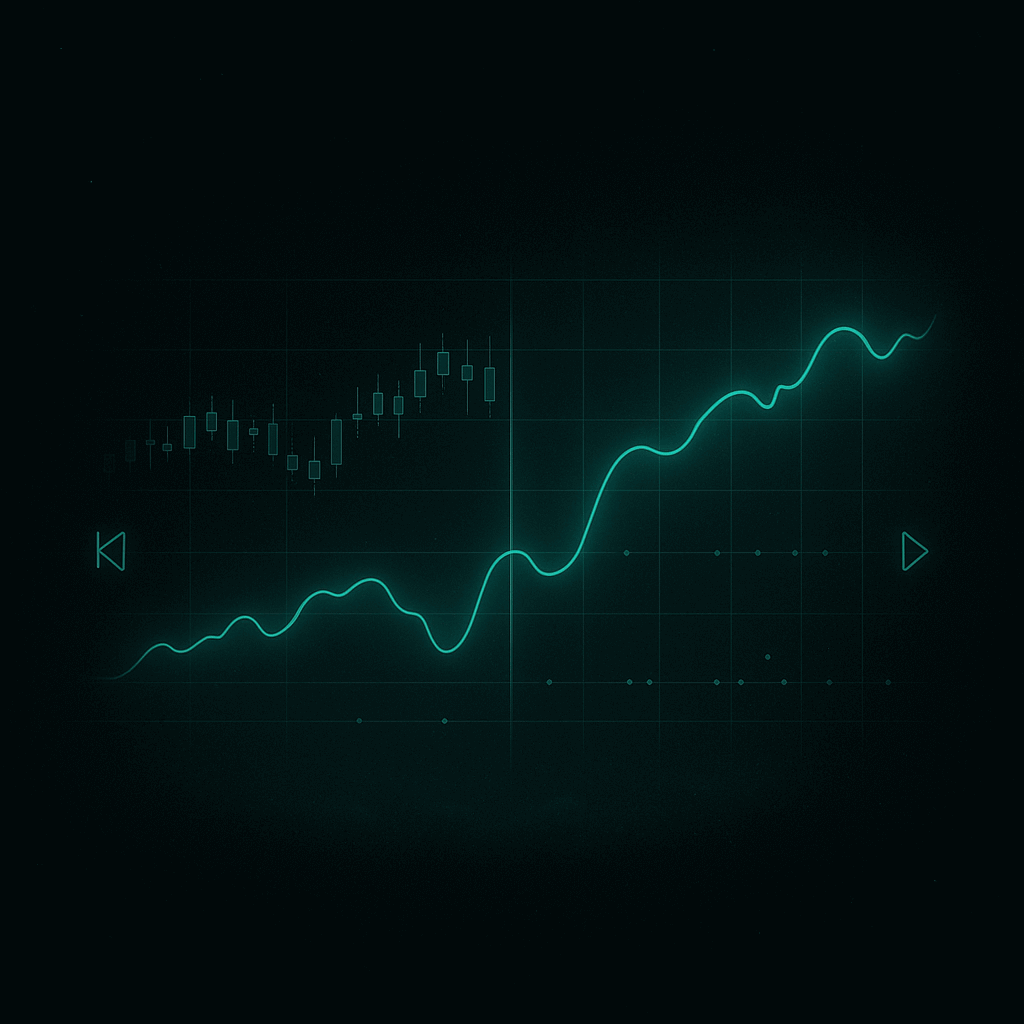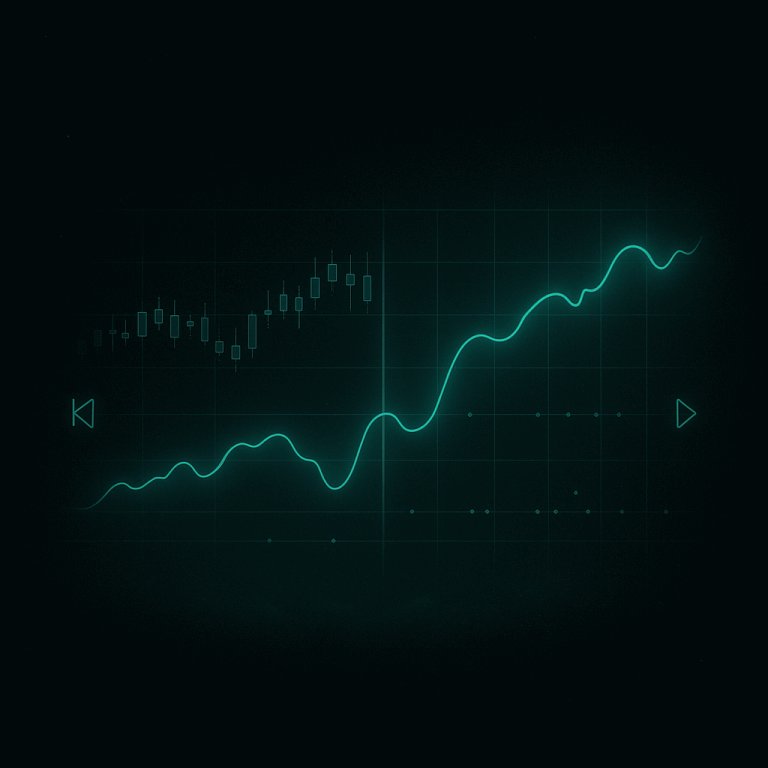Backtesting is one of the most important steps in creating a trading strategy. Instead of guessing, traders apply their rules to past price data to see how the strategy would have performed. This way, decisions are based on statistics, not emotions.
What is Backtesting?
Backtesting means checking how a trading strategy would have worked in the past. For example:
- Buy when the 50-day moving average crosses above the 200-day moving average
- Sell when RSI goes above 70
By applying such rules to historical data, traders can see how often trades were profitable, what the drawdowns were, and how the account would have grown.
Why Backtesting is Important
Backtesting does not guarantee future results. It provides probabilities and shows how a strategy behaves in different market conditions.
Benefits of backtesting:
- Avoids blind guessing
- Builds trader confidence
- Saves time by simulating years of trading in minutes
- Shows weaknesses and losing streaks
Without backtesting, trading becomes gambling. With backtesting, it becomes a structured process.
How Backtesting Works: Step by Step
- Define the rules — entry, exit, stop-loss, take-profit, position size
- Choose historical data — daily, hourly, or tick data
- Run the test — manually or with software like MetaTrader, cTrader, TradingView
- Record results — profit, loss, number of trades, win rate, drawdown
- Analyze performance — compare to benchmarks like buy-and-hold
Example:
Strategy: Buy EURUSD when RSI < 30, sell when RSI > 70
Period: 2010–2020, 1H timeframe
Result: 44% win rate, Profit Factor 1.3, max drawdown 12%
Key Metrics in Backtesting
- Net Profit: total gain or loss
- Win Rate: percentage of profitable trades
- Profit Factor: ratio of gross profit to gross loss
- Max Drawdown: biggest drop in account balance
- Sharpe Ratio: profit adjusted for risk
These numbers help compare strategies and understand their risks.
Limitations of Backtesting
- Past results do not guarantee future performance
- Biases in data can distort results
- Ignoring commissions, spreads, and slippage makes results unrealistic
- Over-optimization creates fragile strategies
For reliable results, traders also use forward testing on demo or small live accounts.




